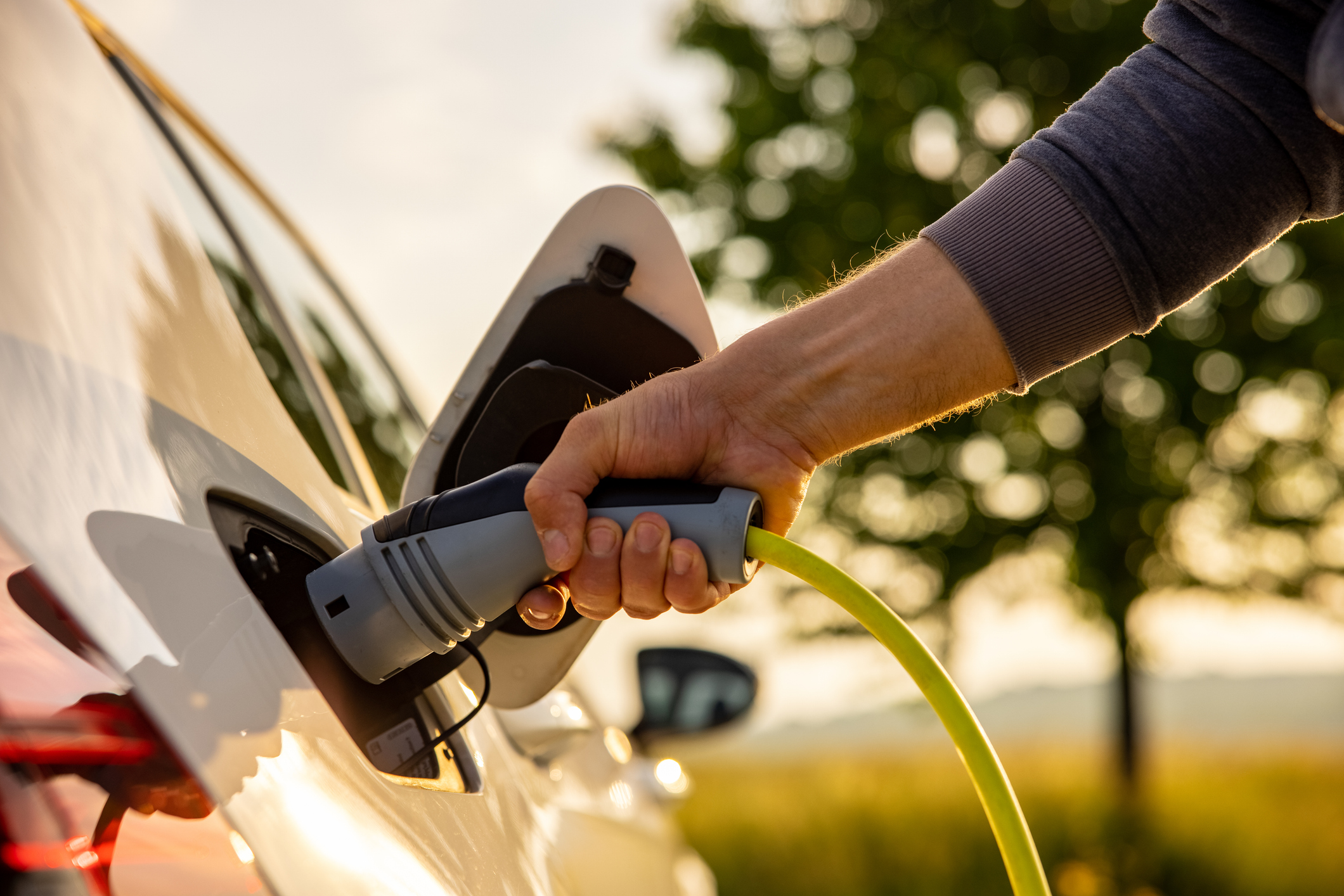The Irish EV Index
New study reveals best and worst counties for EV ownership in Ireland

Key Findings
- Westmeath is Ireland's best county for EV drivers, with 44.9 EVs, 2.2 chargers, and 2.7 dealerships per 10,000 residents.
- Leitrim ranks lowest, with just 55 registered EVs, two chargers and one dealership across the county, highlighting major regional gaps.
- The Hyundai Ioniq EV Premium is the cheapest electric car to insure, averaging €488 annually, while Tesla models are the most expensive at over €750.
- Irish Government is supporting EV uptake, with €3,500 grants and €600 home-charging subsidies.
Overview
Electric vehicles are becoming an increasingly practical choice in Ireland, with government plans aiming for nearly one million EVs on the road by 2030. Generous supports, including SEAI purchase grants of up to €3,500 and home-charging subsidies of €600, are helping to lower the cost of switching.
Yet despite national progress, new research from Chill Insurance shows that access to infrastructure still varies across counties. We examined EV registrations, the number of public charging points, and dealership availability in every county, adjusted per 10,000 residents to ensure fair comparison. Our internal pricing data was also analysed to reveal which electric vehicles are currently the most affordable to insure.
Westmeath Leads as Ireland's Best County for EV Drivers
| Rank | County | Number of EVs Registered | Number of Public EV Chargers | Number of EV Dealerships |
|---|---|---|---|---|
| 1 | Westmeath | 430 | 21 | 26 |
| 2 | Carlow | 205 | 10 | 14 |
| 3 | Waterford | 494 | 14 | 26 |
| 4 | Louth | 690 | 16 | 21 |
| 5 | Dublin | 10,848 | 116 | 122 |
| 6 | Kildare | 1,574 | 24 | 25 |
| 7 | Wexford | 672 | 20 | 25 |
| 8 | Sligo | 230 | 8 | 13 |
| 9 | Wicklow | 936 | 16 | 12 |
| 10 | Kerry | 456 | 24 | 17 |
Westmeath tops the index with 430 registered EVs, supported by 21 public chargers and 26 dealerships. When adjusted for population, this equates to 44.9 EVs, 2.2 chargers and 2.7 dealerships per 10,000 residents, making it the most balanced county for infrastructure.
Carlow also performs well with 205 EVs, 10 chargers and 14 dealerships - translating to strong availability relative to its smaller population. Waterford shows a similar profile, with 494 EVs and 26 dealerships backed by 14 chargers.
Larger counties also feature prominently. Dublin, for example, is home to over 10,800 registered EVs, 116 chargers and 122 dealerships, far exceeding any other county in absolute numbers, however sits in 5th position due to the lack of infrastructure when adjusted in line with population.
Regional Disparities: Counties with the Least EV Infrastructure
| Rank | County | Number of EVs Registered | Number of Public EV Chargers | Number of EV Dealerships |
|---|---|---|---|---|
| 26 | Leitrim | 55 | 2 | 1 |
| 25 | Longford | 92 | 6 | 3 |
| 24 | Clare | 418 | 12 | 9 |
| 23 | Galway | 837 | 27 | 23 |
| 22 | Cavan | 190 | 7 | 11 |
At the opposite end of the scale, Leitrim records just 55 registered EVs, two public chargers and one dealership, making it the least supportive county for EV ownership. Longford, with only 92 EVs, fares slightly better but still struggles with just six chargers and three dealerships.
Clare's provision also lags, despite having 418 registered EVs - drivers there must rely on only 12 chargers and nine dealerships. These figures underline the patchwork nature of Ireland's EV rollout, with drivers in rural and regional areas facing significantly fewer resources compared to those in urban centres.
Ireland's Most Affordable Electric Vehicles to Insure
| Rank | Electric Vehicle | Annual Cost to Insure |
|---|---|---|
| 1 | Hyundai Ioniq EV Premium | €488 |
| 2 | Nissan Leaf Acenta | €489 |
| 3 | Nissan Leaf | €497 |
| 4 | Nissan Leaf Tekna | €500 |
| 5 | Hyundai Kona Electric | €513 |
Insurance affordability plays a critical role in supporting EV uptake. Our data reveals that the Hyundai Ioniq EV Premium is the cheapest to insure at €488 per year. The Nissan Leaf range also performs strongly, with the Acenta (€489), standard model (€497) and Tekna (€500) all offering competitive premiums.
By contrast, premium models such as the Tesla Model 3 (€753) and Tesla Model Y (€791) remain significantly more expensive. The spread between the most and least affordable models, more than €300 annually, highlights how insurance costs can directly influence EV buying decisions.
Expert Advice for Safely Driving an Electric Vehicle
Ian O'Reilly, Head of Personal Line Sales at Chill Insurance advises motorists to take time adjusting to the unique features of EVs.
"Making the switch from a petrol or diesel car to an electric vehicle can be exciting, but it also comes with a learning curve. One of the most important things to remember is how differently EVs deliver power. EVs can accelerate much faster than many drivers are used to, so drivers should take extra care when adjusting to how responsive the vehicle feels.
"Range awareness is another key consideration. While most modern EVs have more than enough capacity for daily use, it's important to plan longer journeys around charging points and build the habit of checking your battery level, just as you would your fuel gauge.
"Charging safely is equally important. Always use approved home charging equipment installed by a registered electrician, and avoid relying on extension leads, which can be unsafe. Public chargers should also be used with caution. Make sure cables are properly connected, never force a plug, and be mindful of your surroundings when charging in less busy areas.
"Finally, it's worth remembering that EVs are much quieter than traditional vehicles, which can make them less noticeable to pedestrians. Staying alert in built-up areas, using pedestrian warning sounds if fitted, and driving with extra awareness can all help keep you and others safe," O'Reilly said.
Methodology
The Irish EV Index is based on analysis of public EV charging points (ESB EV Public Charging Network), EV registrations (Central Statistics Office), dealership availability (SEAI), and affordability of insurance premiums (Chill Insurance Car Insurance Pricing Index). All data was indexed per 10,000 people using the latest population figures to ensure fair comparison.

